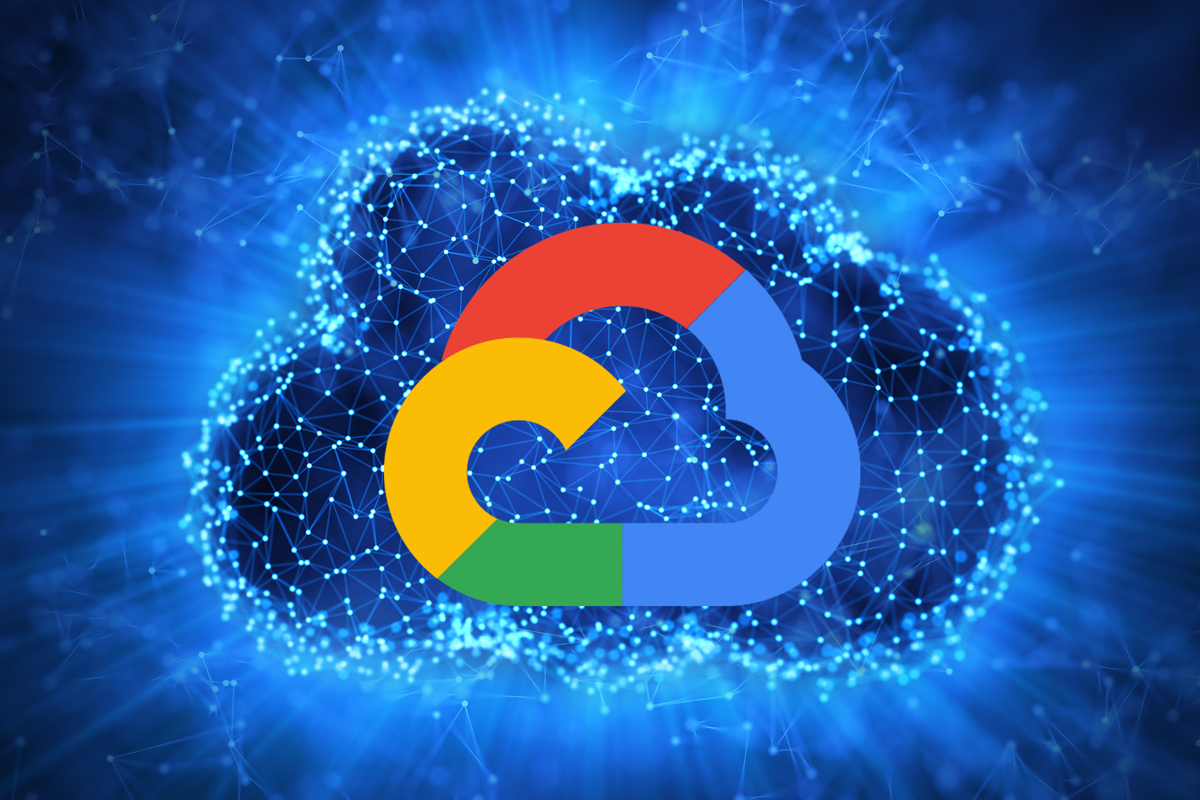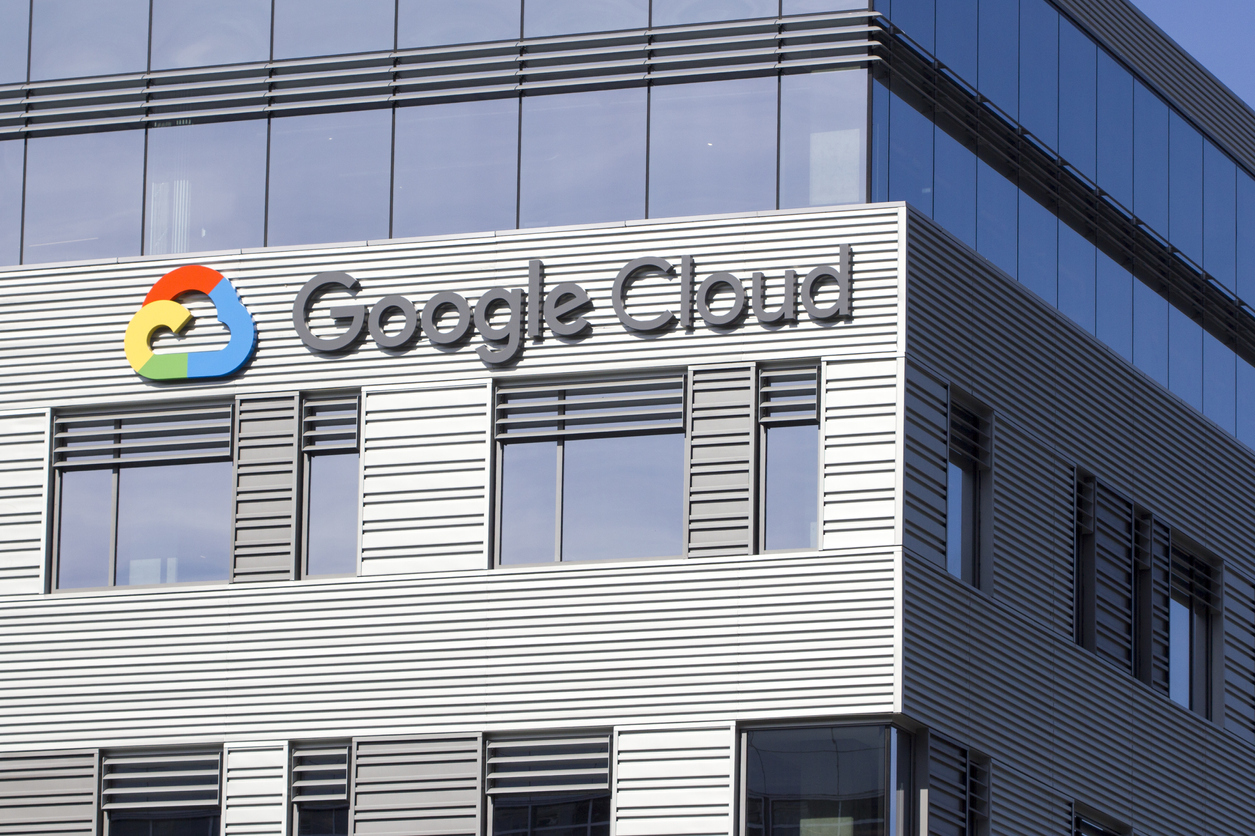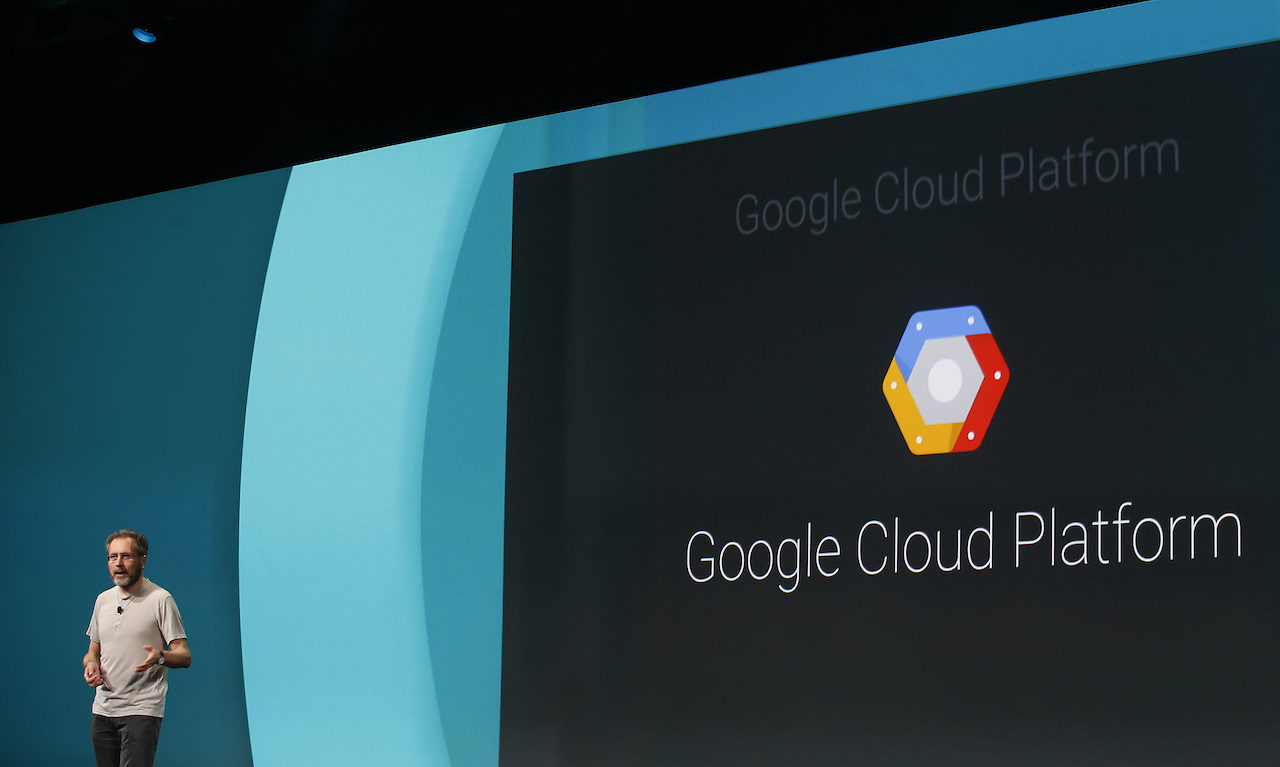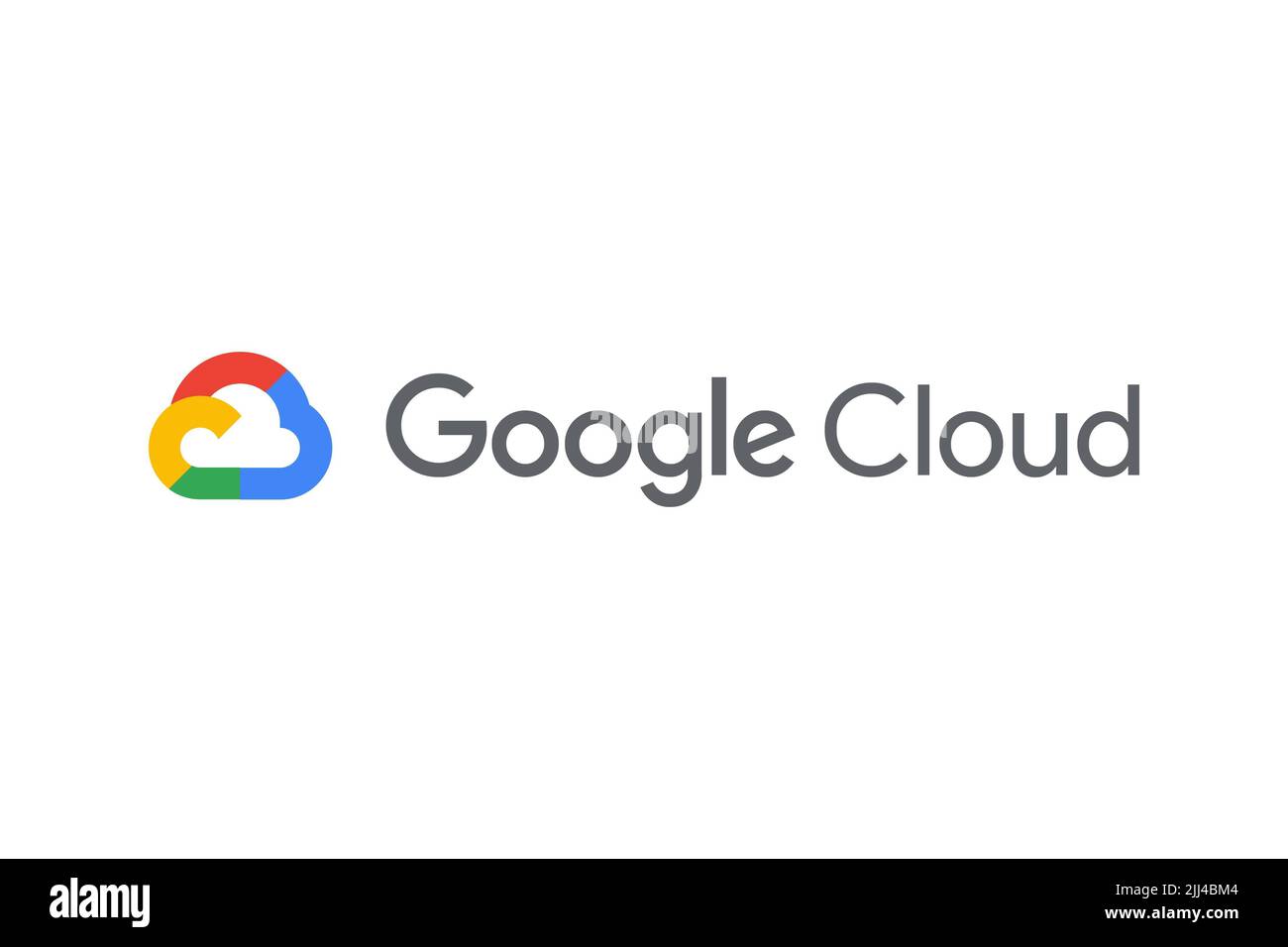Unleashing the Power of Innovation: How Google Cloud Platform is Reshaping Business Dynamics

Introduction
The Paradigm Shift Towards Cloud Computing
In recent years, the landscape of computing has undergone a monumental transformation.
The traditional model of on-premises infrastructure is making way for the cloud computing revolution.
This shift represents a fundamental change in the way businesses manage their IT resources.
With cloud computing, companies no longer need to maintain physical servers, allowing for unprecedented scalability and flexibility.
Instead, they harness the power of virtualized resources, enabling them to adapt quickly to changing demands.
This paradigm shift not only brings cost savings but also introduces a level of agility that was once unimaginable.
Google Cloud Platform: A Catalyst for Transformation
Among the frontrunners in this revolution stands the Google Cloud Platform (GCP), a comprehensive suite of cloud computing services.
GCP is poised to be a transformative force for businesses across industries.
Offering a wide array of tools and solutions, Google Cloud empowers organizations to build, deploy, and scale applications, all while benefiting from Google’s unparalleled infrastructure.
From startups seeking rapid growth to enterprises managing complex workloads, GCP provides the foundation for innovation, allowing businesses to not only keep up with the pace of change but also lead it.
Part 1: Scalability and Flexibility
Subsection 1.1: Elastic Compute Power
Understanding the Virtues of Scalability
At the heart of Google Cloud Platform’s appeal is its unparalleled scalability.
Traditional computing resources often operate within fixed parameters, struggling to adapt to sudden spikes in demand.
GCP, on the other hand, introduces a revolutionary concept: the ability to scale resources both vertically and horizontally.
Vertical scalability involves increasing the power of a single instance, while horizontal scalability allows for the addition of multiple instances to distribute the load.
This dynamic approach ensures that businesses can seamlessly respond to shifts in demand, guaranteeing uninterrupted service delivery even during the most demanding scenarios.
Autoscaling in Google Cloud: Adapting to Demand Fluctuations
Within GCP, autoscaling is the beacon of efficiency.
It enables the automatic adjustment of computing resources based on predefined conditions.
This means that during periods of high demand, additional resources are allocated to ensure optimal performance, and during lulls, surplus resources are automatically de-provisioned, optimizing cost efficiency.
This capability not only enhances the user experience by maintaining performance levels but also mitigates unnecessary costs during periods of low demand.
The result is a finely tuned, cost-effective operation that is always aligned with actual usage patterns.
Subsection 1.2: Storage Solutions for the Digital Age
Cloud Storage Options: Finding the Right Fit
In today’s data-driven age, effective storage solutions are the backbone of any successful digital enterprise.
Google Cloud Platform offers a suite of storage options tailored to various use cases.
For structured data, Cloud SQL provides a fully managed relational database service.
For unstructured data, Cloud Storage offers a scalable and secure object storage solution.
Moreover, Cloud Spanner bridges the gap, providing a globally distributed, horizontally scalable database service for mission-critical applications.
This diversity of storage options ensures that businesses can find the perfect fit for their specific needs, striking an ideal balance between performance, scalability, and cost-effectiveness.
BigQuery: Revolutionizing Data Warehousing and Analytics
In the realm of data warehousing and analytics, GCP introduces BigQuery, a serverless, highly-scalable, and cost-effective multi-cloud data warehouse.
BigQuery allows businesses to analyze vast amounts of data quickly and easily, utilizing the power of Google’s infrastructure.
Its columnar storage and massively parallel processing architecture ensure rapid query performance, even with large datasets.
This enables organizations to derive insights from their data at a scale and speed previously unimaginable.
With BigQuery, businesses can not only make informed decisions but also unlock the true value of their data, driving innovation and growth.
Part 2: Data Analytics and Machine Learning
Subsection 2.1: Unearthing Insights with Big Data Tools
Big Data, Bigger Opportunities
In today’s data-driven landscape, extracting meaningful insights from vast datasets is a critical endeavor.
Google Cloud Platform offers a suite of robust tools for big data processing and analytics.
From streaming data with Dataflow to batch processing with Dataproc, GCP provides the flexibility and scalability needed to tackle even the most complex data challenges.
These tools empower businesses to derive actionable insights, enabling data-driven decision-making and paving the way for innovation.
Dataflow and Dataproc: Processing Data at Scale
Google Cloud Dataflow and Dataproc are the dynamic duo of big data processing.
Dataflow enables stream and batch processing, allowing for real-time data analysis and ETL (Extract, Transform, Load) operations.
Dataproc, on the other hand, offers fully managed Apache Spark and Hadoop clusters for efficient batch processing.
Together, these tools provide a comprehensive solution for processing data at any scale, ensuring that businesses can harness the full potential of their data assets.
Subsection 2.2: Machine Learning: From Concept to Application
The Machine Learning Advantage
Machine learning has emerged as a transformative force across industries, allowing businesses to extract valuable insights, automate processes, and make predictions.
Google Cloud Platform places machine learning within reach through its robust set of tools and services.
From natural language processing to image and video analysis, GCP’s machine-learning offerings cover a wide spectrum of applications.
This empowers businesses to leverage the power of AI without the need for extensive expertise, revolutionizing the way they operate.
Building and Deploying ML Models with AI Platform
Google Cloud’s AI Platform provides a comprehensive environment for building, training, and deploying machine learning models.
It offers a range of tools and frameworks, including TensorFlow and sci-kit-learn, making it accessible to both data scientists and developers.
The platform streamlines the entire machine learning lifecycle, from data preparation to model deployment, ensuring a seamless and efficient process.
With AI Platform, businesses can harness the full potential of machine learning, driving innovation and gaining a competitive edge.
Part 3: Connectivity and Integration
Subsection 3.1: Seamless Integration with Existing Infrastructure
Bridging On-Premises and Cloud Environments
For many businesses, a hybrid approach that combines on-premises infrastructure with cloud resources is essential.
Google Cloud Platform offers a range of solutions for seamless integration, allowing businesses to extend their existing infrastructure into the cloud.
With tools like Cloud VPN and Dedicated Interconnect, organizations can establish secure, high-performance connections between their on-premises data centers and the Google Cloud environment.
This ensures a smooth transition to the cloud while preserving existing investments in infrastructure.
Google Kubernetes Engine: Orchestrating Containers Effortlessly
Containerization has revolutionized the way applications are deployed and managed.
Google Kubernetes Engine (GKE) provides a fully managed Kubernetes service, enabling businesses to orchestrate and manage containerized applications with ease.
GKE automates many aspects of container management, from scaling and load balancing to automated updates.
This allows businesses to focus on developing and deploying applications, knowing that the underlying infrastructure is taken care of.
With GKE, businesses can leverage the power of containers to build scalable, resilient applications.
Subsection 3.2: Networking Solutions for a Connected World
VPCs and Beyond Architecting Networks for Efficiency
A well-architected network is the backbone of any cloud deployment.
Google Cloud Platform offers Virtual Private Clouds (VPCs) as a way to logically isolate resources and define network policies.
VPCs provide a secure and flexible foundation for deploying applications and services.
Additionally, GCP offers advanced networking features such as VPC Peering and Shared VPC, allowing businesses to design networks that meet their specific requirements.
By leveraging these capabilities, organizations can architect networks that optimize performance, security, and cost-effectiveness.
CDN and Load Balancing: Enhancing Performance and Reliability
In a globalized digital landscape, delivering content and applications with low latency and high availability is paramount.
Google Cloud Platform offers Content Delivery Network (CDN) and Load Balancing services to achieve just that.
CDN ensures that content is delivered from the nearest edge location to users, reducing latency and improving the user experience.
Load Balancing distributes incoming traffic across multiple instances to ensure that applications remain available and responsive, even during peak demand.
These services work in tandem to enhance the performance and reliability of applications, providing users with a seamless and responsive experience.
Part 3: Connectivity and Integration
Subsection 3.1: Seamless Integration with Existing Infrastructure
Bridging On-Premises and Cloud Environments
Integrating on-premises infrastructure with cloud resources is a critical step in any cloud migration strategy. Google Cloud Platform offers a range of solutions to facilitate this integration. Through tools like Cloud VPN and Dedicated Interconnect, businesses can establish secure, high-performance connections between their on-premises data centers and the Google Cloud environment. This allows for seamless data transfer and resource access, enabling organizations to leverage the benefits of the cloud while preserving their existing investments in infrastructure. By bridging these environments, businesses can achieve a cohesive and efficient IT ecosystem that spans both on-premises and cloud-based resources.
Google Kubernetes Engine: Orchestrating Containers Effortlessly
Containerization has revolutionized application deployment and management, and Google Kubernetes Engine (GKE) is at the forefront of container orchestration. GKE provides a fully managed Kubernetes service, allowing businesses to effortlessly manage containerized applications. With features like automated scaling, load balancing, and automated updates, GKE simplifies the complexities of container orchestration, allowing organizations to focus on application development and deployment. By leveraging GKE, businesses can harness the power of containers to build scalable, resilient applications that meet the demands of today’s dynamic IT landscape.
Subsection 3.2: Networking Solutions for a Connected World
VPCs and Beyond: Architecting Networks for Efficiency
A well-architected network is the backbone of any successful cloud deployment. Google Cloud Platform offers Virtual Private Clouds (VPCs) as a way to logically isolate resources and define network policies. VPCs provide a secure and flexible foundation for deploying applications and services. Additionally, GCP offers advanced networking features such as VPC Peering and Shared VPC, allowing businesses to design networks that meet their specific requirements. By leveraging these capabilities, organizations can architect networks that optimize performance, security, and cost-effectiveness, setting the stage for a connected and efficient IT environment.
CDN and Load Balancing: Enhancing Performance and Reliability
In a globalized digital landscape, delivering content and applications with low latency and high availability is paramount. Google Cloud Platform offers Content Delivery Network (CDN) and Load Balancing services to achieve just that. CDN ensures that content is delivered from the nearest edge location to users, reducing latency and improving the user experience. Load Balancing distributes incoming traffic across multiple instances to ensure that applications remain available and responsive, even during peak demand. These services work in tandem to enhance the performance and reliability of applications, providing users with a seamless and responsive experience.
Part 4: Security and Compliance
Subsection 4.1: Fortifying Your Digital Fortress
Security at the Core of Google Cloud Platform
Security is not an afterthought in Google Cloud Platform; it’s woven into the fabric of every service and feature. From the ground up, GCP is designed with robust security measures to protect data and applications. This includes encryption in transit and at rest, robust access controls, and regular security audits. GCP also provides a range of security tools and services, including Cloud Identity and Access Management (IAM), DDoS protection, and security key enforcement. With GCP, businesses can have confidence that their digital assets are fortified against evolving cyber threats.
Identity and Access Management: Controlling Permissions Effectively
Effective management of user permissions is a critical aspect of securing any cloud environment. Google Cloud Platform’s Identity and Access Management (IAM) allows businesses to define fine-grained access control policies. This ensures that only authorized personnel have access to sensitive resources and data. IAM enables businesses to create custom roles, assign specific permissions, and set granular access policies. By utilizing IAM, organizations can maintain tight control over their digital infrastructure, mitigating the risk of unauthorized access and data breaches.
Subsection 4.2: Meeting Regulatory Requirements
Navigating Compliance in the Cloud
Compliance with industry-specific regulations and standards is a top concern for many organizations. Google Cloud Platform provides a range of compliance certifications, attesting to its adherence to industry best practices and regulatory requirements. This includes certifications like ISO 27001, HIPAA, GDPR, and many others. GCP also offers a suite of compliance tools and resources to assist businesses in meeting their specific compliance needs. By leveraging GCP’s compliance capabilities, organizations can confidently navigate the complex landscape of regulatory requirements, ensuring that their cloud environment meets the highest standards of data protection and governance.
GDPR, HIPAA, and More: Ensuring Data Compliance
Different industries have distinct compliance requirements, and Google Cloud Platform is equipped to address them all. For example, GCP’s compliance solutions include features tailored to meet the requirements of regulations like GDPR for data privacy or HIPAA for healthcare data. By utilizing these specialized tools and services, businesses can align their cloud operations with the specific compliance standards that apply to their industry.
This ensures that sensitive data is handled in a manner that meets legal and regulatory mandates, reducing compliance-related risks.
Part 5: Cost Optimization and Management
Subsection 5.1: Budgeting and Resource Allocation
Managing Costs Effectively
Cost management is a critical aspect of any cloud deployment.
Google Cloud Platform provides a suite of tools and features to help businesses track and manage their cloud spending.
This includes tools for setting budgets, allocating resources efficiently, and monitoring usage patterns.
By utilizing these features, organizations can gain better visibility into their cloud expenses and implement strategies to optimize costs.
Billing and Cost Management Tools: Gaining Financial Insights
GCP offers a range of billing and cost management tools to provide businesses with detailed insights into their spending patterns.
This includes features like billing reports, cost forecasting, and custom billing accounts.
These tools empower organizations to gain a comprehensive understanding of their cloud expenditure, enabling them to make informed decisions about resource allocation and cost optimization strategies.
Subsection 5.2: Best Practices for Cost Optimization
Finetuning Your Cloud Deployment
Optimizing costs in the cloud requires a strategic approach.
Google Cloud Platform offers a variety of best practices and recommendations for cost optimization.
This includes guidance on rightsizing resources, utilizing committed use contracts, and implementing cost-effective storage solutions.
By following these best practices, organizations can fine-tune their cloud deployment to achieve maximum efficiency and cost-effectiveness.
Sustaining Efficiency in the Cloud
Cost optimization is not a one-time effort; it’s an ongoing practice.
Google Cloud Platform provides a range of tools and resources to help businesses sustain efficiency in their cloud operations.
This includes features for automating resource management, leveraging managed services, and implementing scaling strategies.
By adopting these practices, organizations can continuously optimize their cloud deployment to ensure that they are getting the most value from their investment.
Conclusion
In an era defined by digital transformation, the Google Cloud Platform stands as a catalyst for innovation and growth. Its powerful capabilities in scalability, data analytics, security, compliance, and cost optimization are reshaping the dynamics of businesses across industries.
By embracing GCP, organizations are not only leveraging cutting-edge technology but also positioning themselves at the forefront of a future-driven business landscape.
Embrace the Future: Thrive with Google Cloud
The future belongs to those who dare to innovate, and Google Cloud Platform offers the tools and resources to turn innovative ideas into reality.
As businesses navigate the complexities of a rapidly evolving digital landscape, GCP provides the foundation for success.
With its unwavering commitment to excellence, security, and scalability, Google Cloud Platform empowers organizations to not only adapt to change but to thrive in it.
Embrace the future with GCP, and discover new possibilities in the world of cloud computing.



